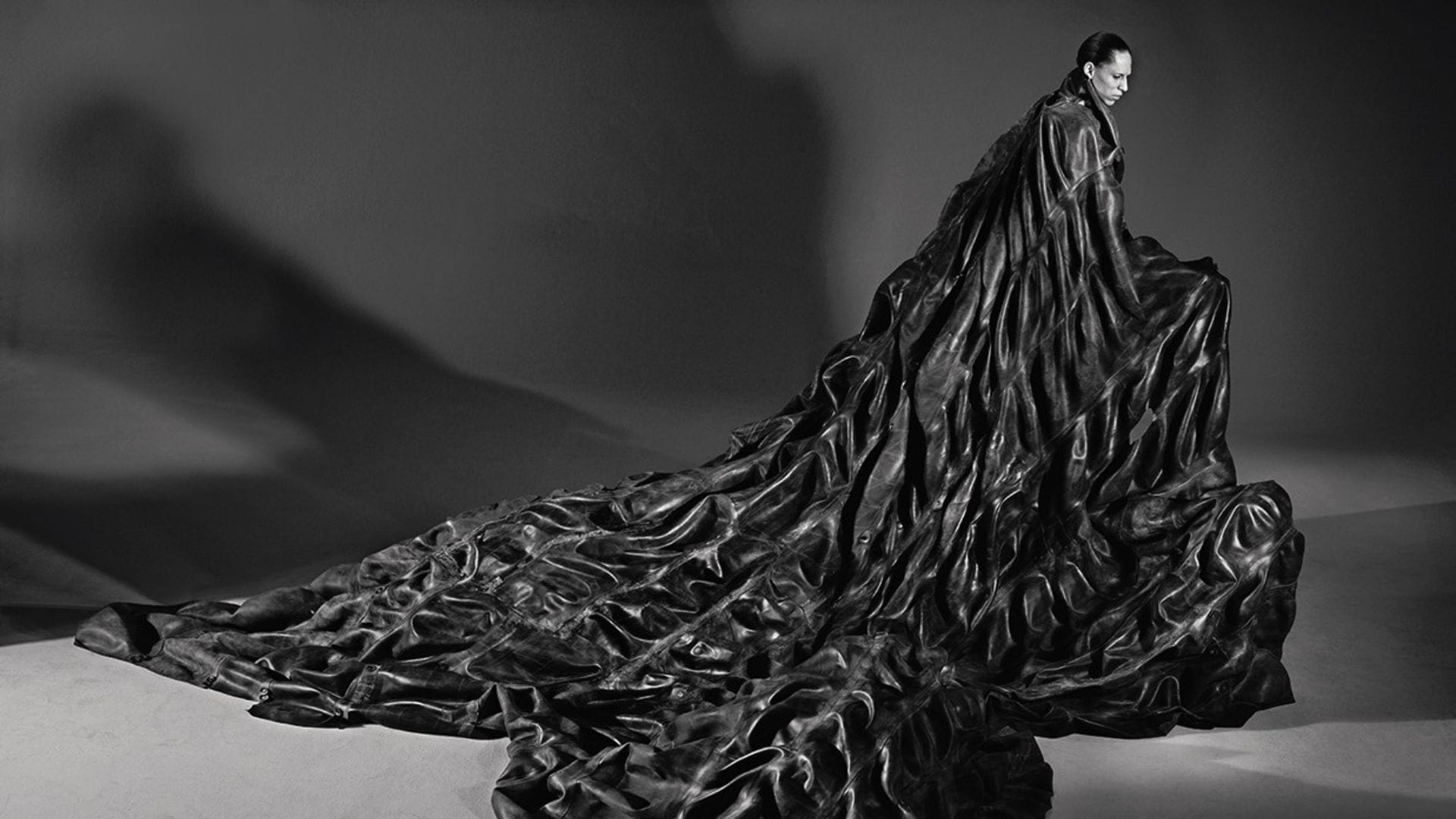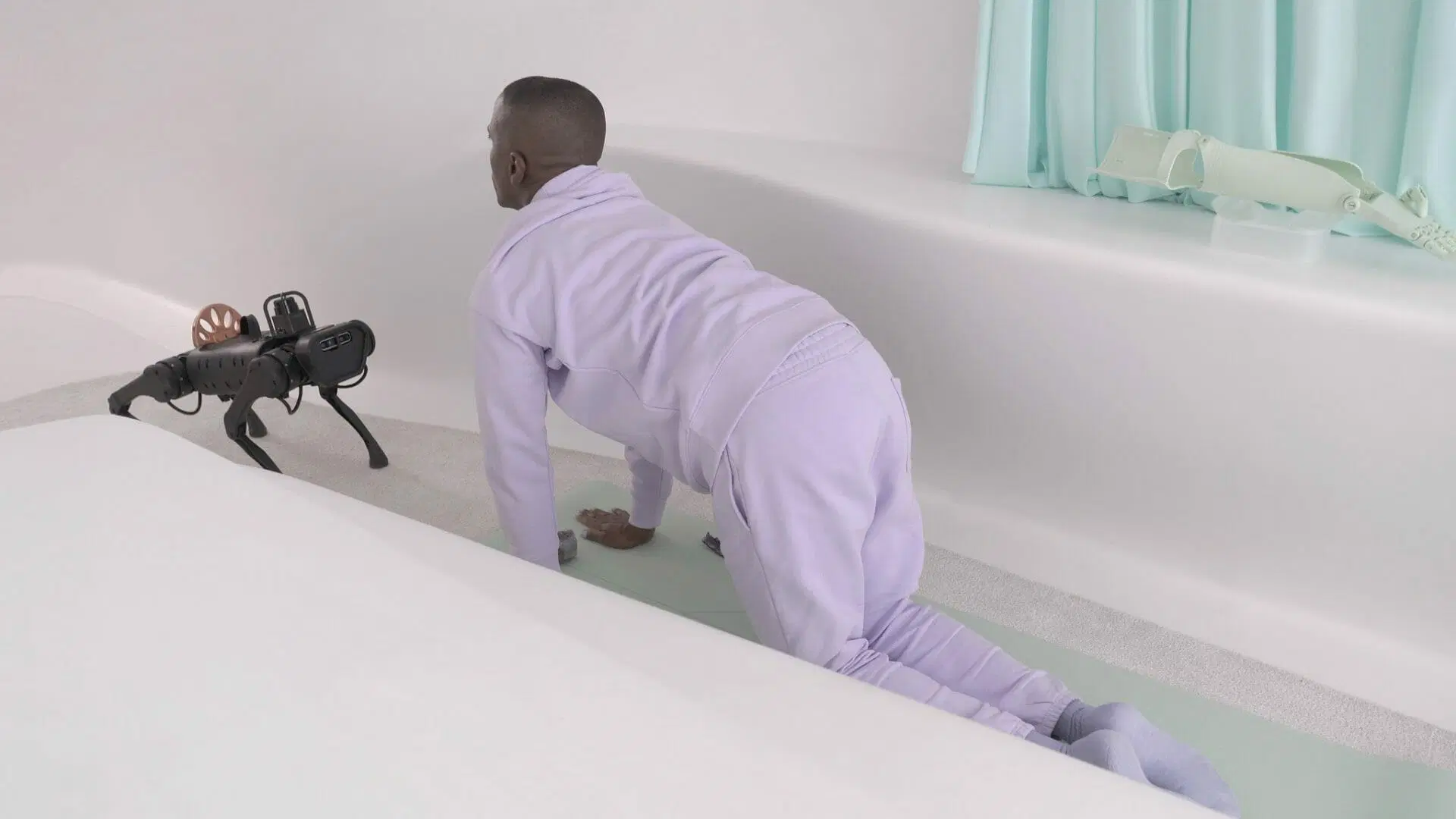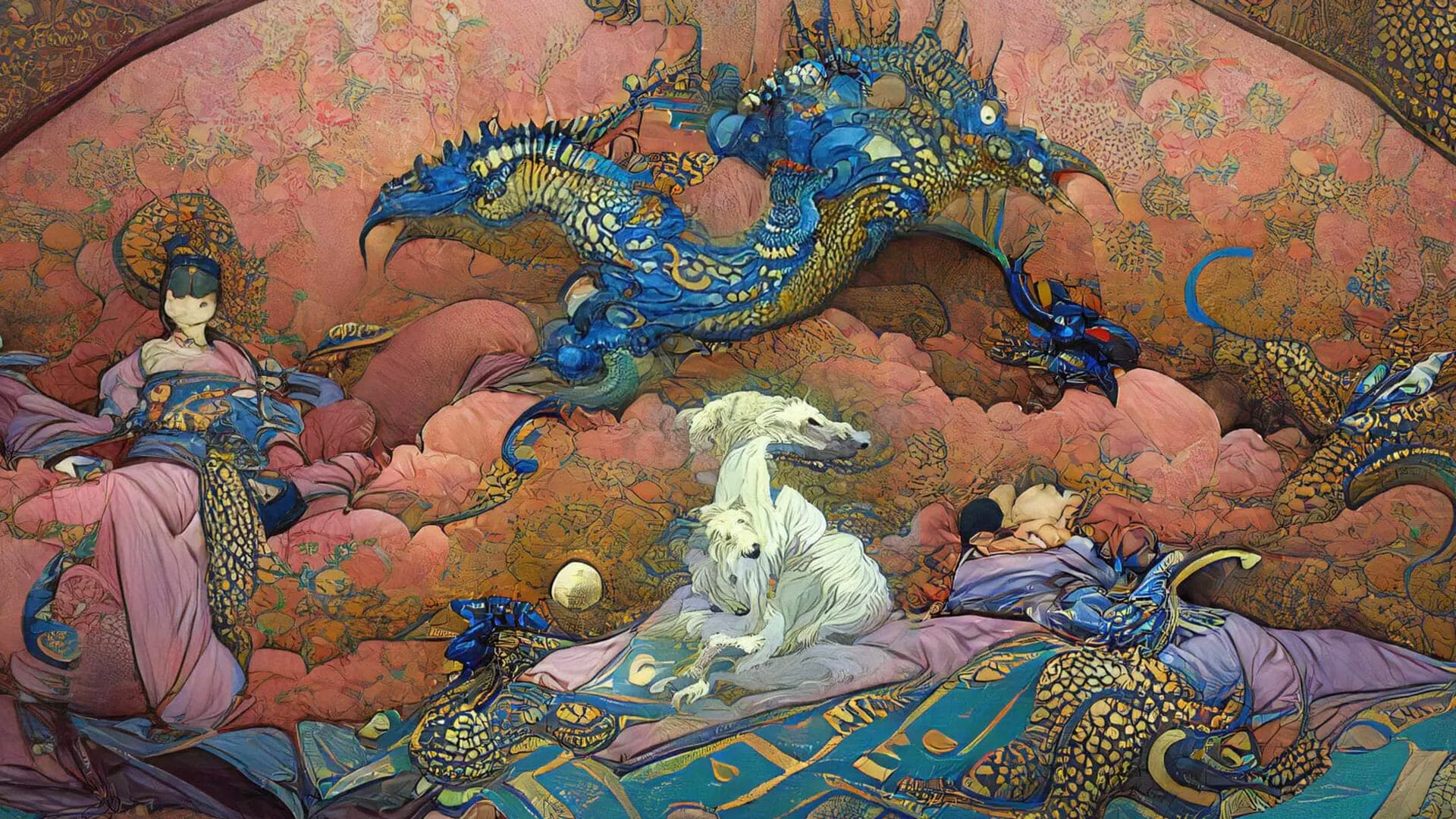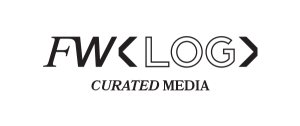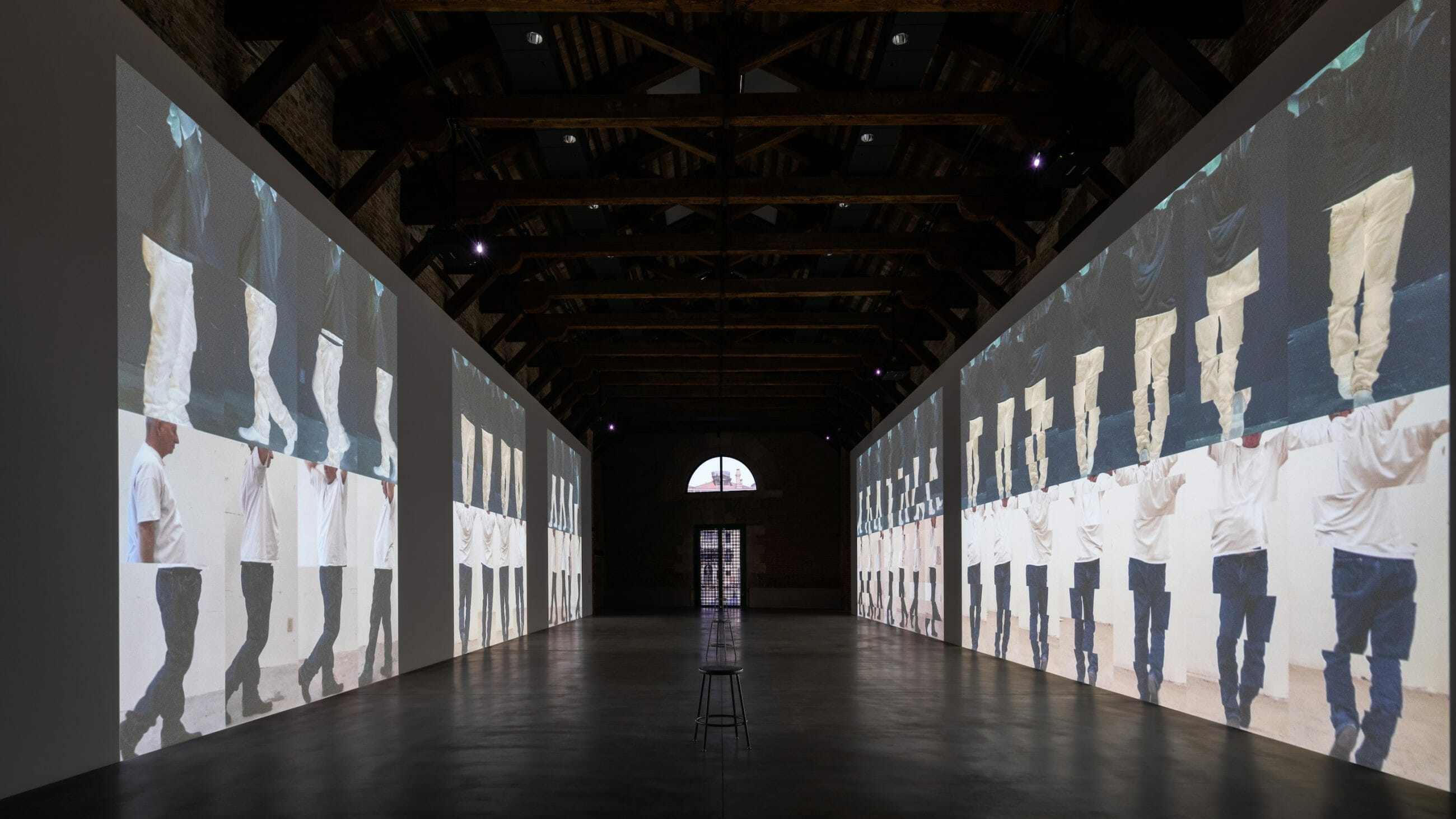
Bruce Nauman and the Art of Experimentation
Bruce Nauman ‘s Transformation
Born in Indiana in 1941, Bruce initially turned to the world of art through music. But even though music was his first love, a new passion took hold during his university years. While he began his studies in the sciences and mathematics, painting ensnared Nauman’s attention with an irresistible pull. This led him to concentrate on painting throughout his academic years, continuing to chase this passion even after graduation.
Over the years, Nauman’s artistry began to unfurl its depth and intricacy. By the late ’60s, amidst personal tumult marked by marriage and the birth of two children, Bruce made his mark on the international art stage. He showcased his works in New York’s elite galleries and had the privilege of participating in the renowned Documenta in Kassel, Germany. While his art stood out for its defiance against traditional conventions and formalisms, it was in the European landscape that he found the warmest reception. European art critics lauded him for his groundbreaking amalgamation of diverse media, aligning his creations with avant-garde movements like Arte Povera. Thus, with his distinct artistic vision, Nauman resonated deeply and garnered acclaim among the vanguards of the Old World.
Yet, Nauman’s art cannot be easily pigeonholed. From the early days, he experimented with a range of mediums, from conceptual art to video art, spanning the performative arts, yet never fully confining himself to any singular category. This chameleon-like nature of his often drew comparisons to the genius of Marcel Duchamp, particularly for the satire and nonsense embedded in his works. However, what truly sets Nauman apart is his play with words, which he employs both in an absurdist tone and as a critical instrument.
By the late ’60s, he also began experimenting with neon, crafting pieces like “The True Artist Helps the World by Revealing Mystic Truths”, which melded form and language in a visually captivating and conceptually challenging manner.

The Exploration of Performance and Video Art
During the period following his artistic debut, Bruce Nauman broadened his repertoire, venturing into the realms of performance and video art. His gravitation towards these mediums wasn’t by chance but was a logical progression of his relentless pursuit of new expressive forms.
While many of his neon works garnered attention for their vibrant aesthetics and playful manipulation of words, Nauman’s performances introduced a fresh dimension to his oeuvre: the body. In pieces like “Walking in an Exaggerated Manner Around the Perimeter of a Square”, the artist spotlighted the ritualistic nature of everyday actions and the tension between movement and space. This performance, seemingly simple, underscored his fascination with exploring the body’s boundaries and its relation to the surrounding space.
Video art further enabled Nauman to delve deeper into these themes in a more intimate manner. Through his video works, he could record, repeat, and manipulate movements and actions, creating endless cycles of repetition that comment on the monotony and, at times, the absurdity of daily life. These pieces often lead viewers into introspective states, prompting them to question the nature of reality and our perception of time.
Nauman’s video art wasn’t just an homage to the medium itself but also an inquiry into the nature of vision and perception. With the ability to pause, reverse, and manipulate time, Nauman frequently toyed with viewer expectations, forging a dialogue between the artist and the audience that defied traditional art conventions.
As Europe warmly embraced his experimental endeavors, Nauman relentlessly pressed on, merging his performative works with video art, crafting multisensory installations that demanded active engagement from the viewer.
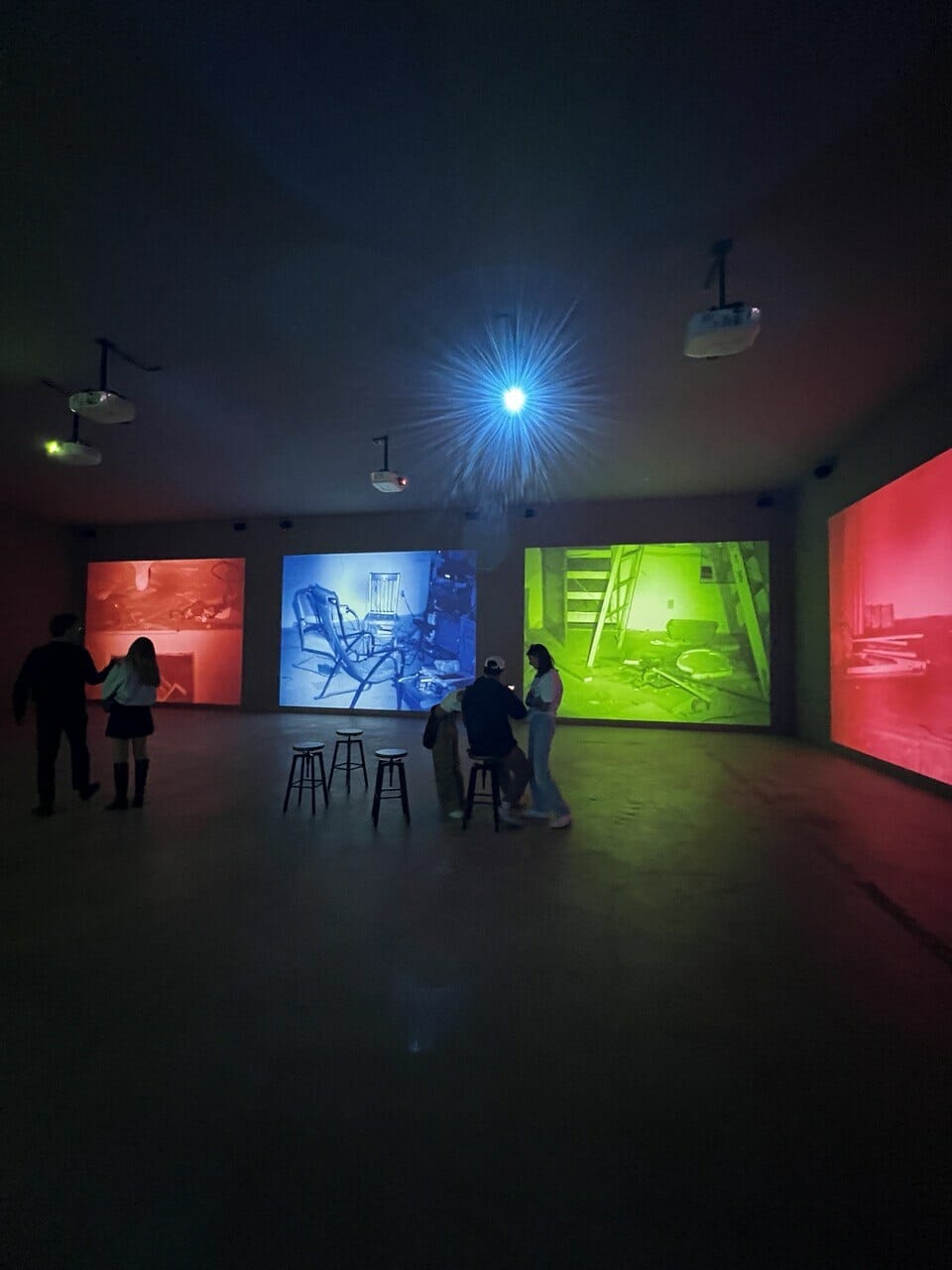
The Installation as a Total Experience
With the advent of the ’70s and ’80s, Bruce Nauman delved deeper into his exploration of the power of installations, creating pieces that transcended mere observation and engaged the viewer in a total experience.
Works like “Double Steel Cage Piece” and “Green Light Corridor” aren’t just static representations but are instead living, breathing environments that viewers are encouraged to explore. These pieces don’t just occupy space; they transform it, altering the viewer’s perception of their surroundings and challenging their relationship with art and physical space. The experience is no longer passive but active, with the viewer becoming an integral part of the artwork itself.
Nauman’s approach to installations mirrors his view of art as a means to question and disrupt conventional expectations. His installations are not just objects to admire, but rather spaces to inhabit and navigate. Through the use of lights, sounds, materials, and often video as well, Nauman crafts worlds that challenge our perception of reality. His works invite both reflection and participation, pushing viewers to question their position within both the artwork and the world at large.
Another distinctive feature of Nauman’s installations is the palpable tension that often permeates the piece. Whether it’s a narrow corridor lit by a jarring light or discordant sounds filling the space, the viewer is continually challenged, pushed out of their comfort zone.
In Europe, where his art had already been warmly embraced, Nauman’s installations garnered further acclaim. Many European galleries and museums dedicated exclusive spaces to his works, acknowledging the significance and innovation of his artistic approach. His influence was evident, with many emerging artists adopting and adapting his techniques and unique style, making Bruce Nauman a central figure in the contemporary art of the late 20th century.
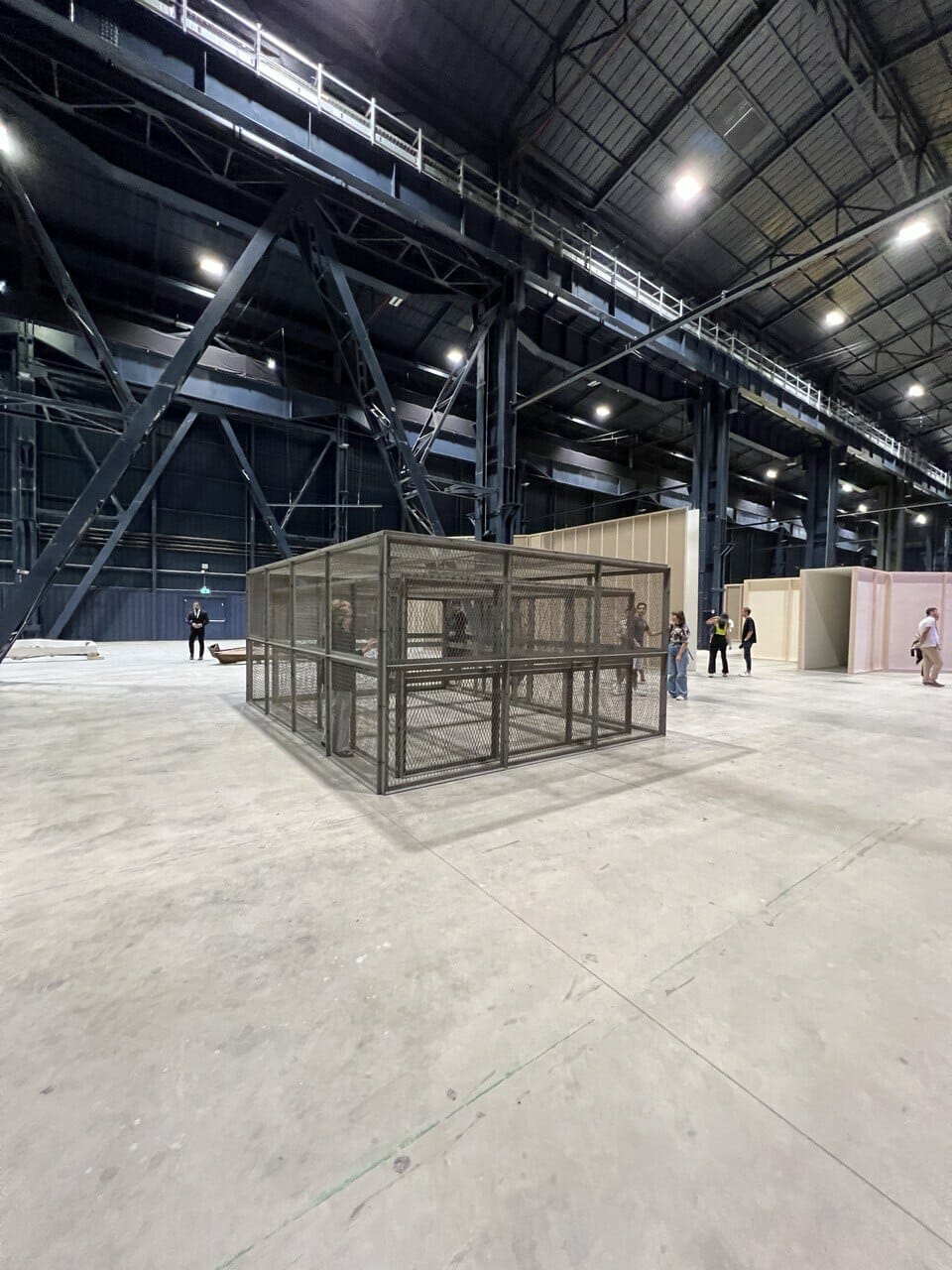
Disembodied Echoes: Bruce Nauman ‘s ‘Raw Materials’ and the Interplay of Beckett and Wittgenstein in the Halls of Tate Modern
In 2004, within the renowned Turbine Hall of the Tate Modern in London, the exhibition Raw Materials was unveiled. Here, Bruce Nauman amassed 22 sound pieces taken from nearly 40 years of his career. The expansive hall of the Tate was filled with disembodied voices that, at varying rhythms and styles, spoke to visitors, conversed amongst themselves, or even recited extensive litanies. There are raw texts like “OK OK OK,” which Nauman himself repeatedly sings until the phrase distorts and seems to morph into new words. Longer pieces like “False Silence” or “Consummate Mask of Rock” are cryptic narratives describing psychological states in stark contrast to the calmness of the voice. Somewhere in between lies “Get Out of My Mind, Get Out of This Room,” where Nauman repeats the phrase as if on the brink of suffocation, with his gasps creating an atmosphere of claustrophobia and intimidation.
Nauman’s fascination with words and lexical systems in general, apart from the aforementioned Duchamp, owes a lot to the works of Beckett and the philosophy of Wittgenstein. The deconstruction of language theorized by the German philosopher indeed aligns with Nauman’s artistic peculiarities.

Nauman, Video, and Sound
In 2004, Bruce Nauman presented the public with one of his most immersive and unsettling installations: “Raw Materials,” showcased in the Turbine Hall of the Tate Modern in London. This exhibition stands as a high point in Nauman’s career, merging elements of video and sound to create a wholly enveloping experience.
The expansive space of the Turbine Hall was transformed into a sonic field, where twenty-two sound pieces from Nauman’s nearly forty-year-long career coexisted in continuous dialogue. The voices, as bodiless entities, permeated the space, creating an almost spectral effect. Some of these were repetitive and hypnotic, like Nauman’s own voice in “OK OK OK”, continuing until the words morphed and took on new meanings. Others, like “False Silence” and “Consummate Mask of Rock”, were longer and more intricate narratives describing emotional states through a seemingly calm voice, yet beneath the surface lay a palpable atmosphere of tension.
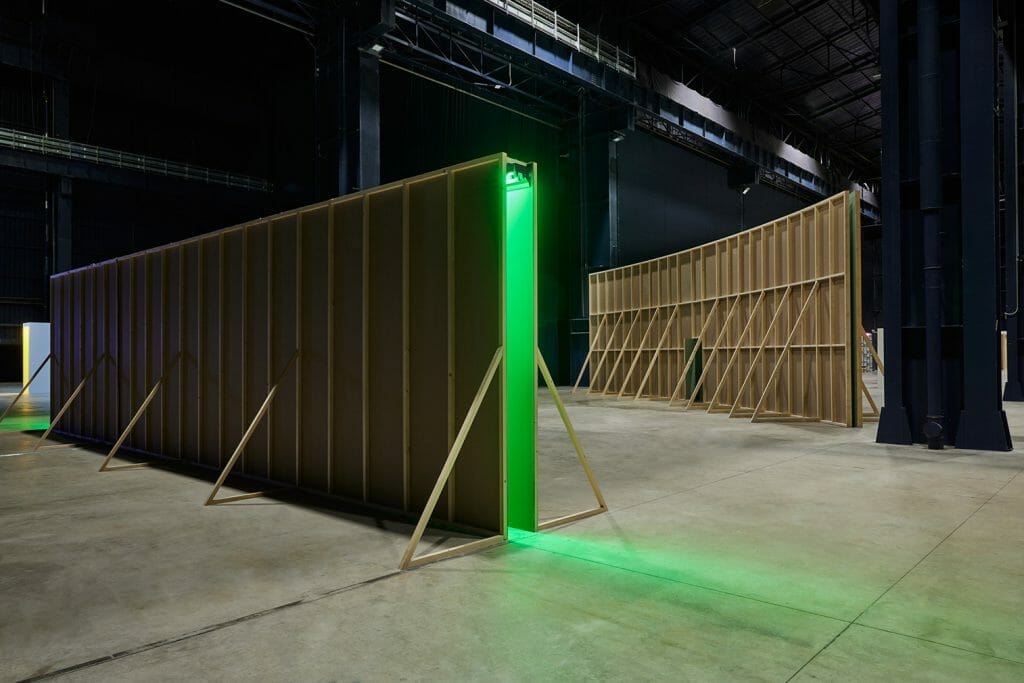
Echoes of Confinement: Nauman’s Linguistic Labyrinth and the Shadows of Beckett and Wittgenstein
One of the most unsettling elements of the installation was “Get Out of My Mind, Get Out of This Room,” a recording of Nauman repetitively uttering the phrase in a distressing manner, evoking feelings of claustrophobia and entrapment. His emotionally charged words echoed off the hall’s walls, making the viewer feel as though they were trapped inside the artist’s mind.
The roots of Nauman’s interest in the deconstruction of language can be traced to external influences, such as the works of author Samuel Beckett and the linguistic theories of philosopher Ludwig Wittgenstein. Nauman’s approach to language aligns closely with Wittgenstein’s theories on the nature and limits of language itself. Just as Beckett explored the repetitive and often absurd nature of human communication in his works, Nauman too tackled these themes through his sound installations, highlighting the fragility and malleability of words.
“Raw Materials” was not just a showcase of Nauman’s sound pieces, but rather a celebration of the power of language and its ability to evoke emotions, memories, and visceral reactions. Through this installation, Nauman once again demonstrated his knack for pushing the boundaries of art and challenging audience expectations.
Bruce Nauman, nestled firmly in the vanguard of post-modernist exploration, operates at the confluence of phenomenological inquiry and avant-garde aesthetics. Drawing inspiration from the spatial investigations of Richard Serra and the temporality of John Cage, Nauman dives deep into the liminal spaces of perception, weaving an intricate tapestry that melds medium and message. Critics, like Benjamin Buchloh, have astutely observed the semiotic depth in Nauman’s oeuvre, pointing to his ability to deconstruct linguistic systems, much in the vein of Ferdinand de Saussure’s structuralist analyses.
It is this alchemical blend of art and science, form and function, that has made Nauman’s oeuvre a rich canvas for discourse, beckoning viewers to engage not just as passive recipients, but active participants in a multi-sensory dialogue, challenging preconceived notions and recalibrating their cognitive frameworks.
Night Time Story
NIGHTTIMESTORY is a decentralized and online project that aims to be a platform for show a wide range of contemporary art forms, including visual art, videoart, conceptual art theory, NFTs, and critique.
You may also like
Paolo Canevari: Memory, Power, and Transformation
Paolo Canevari, born in Rome in 1963, has established himself as a distinctive figure in the contemp
Mit Borrás: Unveiling The Canvas of Post-Human Consciousness Through Transhumanist Artistry
Mit Borrás is a Madrid and Berlin-based visual artist who examines the interplay between humanity,
Ganbrood: An Artistic Symphony of the Abstract and the Figurative
Navigating the intersection of art and artificial intelligence, Amsterdam-born artist Bas Uterwijk,


